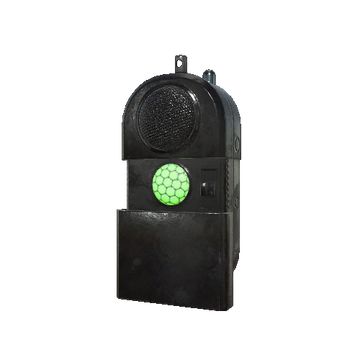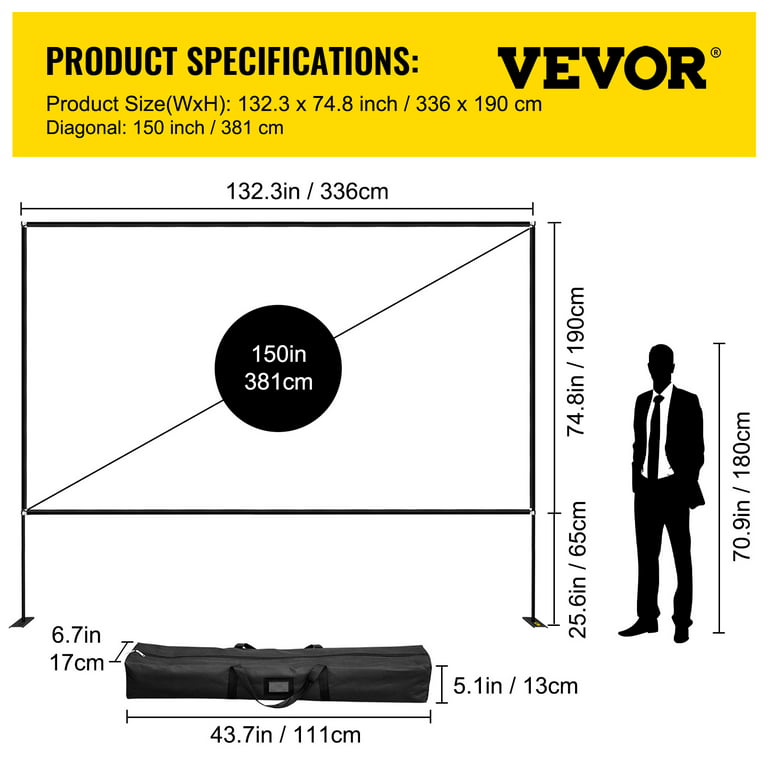Exploring the Right Fit: Which 3D Glasses Do I Need For My Projector?
Introduction
Whether you're enjoying a movie or exploring an intricate video game, the immersive experience provided by 3D projectors is unrivaled. However, to unlock the full potential of this technology, choosing the right 3D glasses is critical. This article will guide you through why you need 3D glasses, how they work with projectors, the different types, how to match them with your projector, and the top brands to consider.
Why Do I Need 3D Glasses for My Projector?
Three-dimensional immersive experience provided by projectors hinges significantly on owning complementary 3D glasses. Here's why:
- Enhanced Viewing: 3D glasses magically transform blurry, distorted images into profound, lifelike visuals. They breathe life into on-screen images, converting a standard viewing experience into an immersive one.
- Depth Perception: These specially-designed glasses segregate two slightly displaced images into distinct visuals for each eye, closely mirroring our natural depth perception mechanism.
- Amplified Entertainment: It's not just about movies. Video games, sporting events, and even professional presentations can significantly benefit from the use of 3D glasses with your projector. The resulting three-dimensional visuals enhance engagement, transforming standard entertainment or presentation sessions into riveting experiences.
- Better Compatibility: Certain projectors are specifically designed for 3D content and may even mandate the use of 3D glasses for optimal performance. In such cases, having 3D glasses ensures you fully utilize the projector’s capabilities.
In conclusion, 3D glasses, when paired with your projector, can drastically enhance your viewing experiences, turning ordinary movies or presentations into immersive viewing extravaganzas.
How Do 3D Glasses Work with Projectors?
It’s fascinating how 3D glasses interact with projectors to create a deeply immersive, three-dimensional viewing experience. Below is a simplified breakdown of the steps involved:
1. Simultaneous Projection: Your projector displays two nearly identical images simultaneously. These images share significant similarities, but some minute differences reflect the slightly varied angles at which each of your eyes perceives an object in real time.
2. Image Segregation: This is where 3D glasses come into play. These specialized eyepieces function to separate the overlapping images on the screen, delivering each image to its intended eye. In other words, the glasses ensure that each eye only views the image meant for it.
3. Application of Specific Technology: The method of separation depends on the kind of 3D glasses you use. For instance:
- Anaglyph glasses use color filters to segregate the images. Each lens filters out a specific color from each site, making one of the images viewable.
- Polarized glasses employ light polarization to manage which image each eye sees. One lens blocks vertical light waves, and the other blocks horizontal light waves.
- Active shutter glasses alternately block the view of each eye in synchronization with the rapidly changing images on the projector. This technology is more advanced and offers the highest quality 3D viewing experience.
By following these steps, 3D glasses effectively work in tandem with your projector to transform a standard viewing experience into a captivating journey into the realm of three dimensions.
What Are the Different Types of 3D Glasses?
To choose the best-suited glasses for your unique needs, it's important to comprehend the range of 3D glasses available in the market. Let's explore the three primary types:
Anaglyph 3D Glasses
- Functionality: Anaglyph glasses are the most vintage type of 3D glasses. They are frequently associated with their distinctive red and cyan lenses. These glasses operate by filtering a specific color from each eye, which leaves only one image viewable.

- Usage: While this technology is simple and cost-effective, it is less prevalent with modern 3D projectors.
Polarized 3D Glasses
- Functionality: Polarized glasses are often used in 3D cinemas. These glasses employ lenses that filter light waves. To give a more refined depth perception, one lens filters vertical waves, visible to one eye, and the other filters horizontal waves, visible to the other.
- Usage: Its use of light polarization technology makes it a common choice for many users.

Active Shutter 3D Glasses
- Functionality: Emerging as the most technologically advanced form of 3D glasses, Active Shutter glasses 'shutter' the view of each eye in synchronization with the projected images.
- Usage: Despite being relatively expensive, they are commonly used with 3D TVs and modern projectors thanks to the high-quality 3D experience they offer.
By understanding these different types, you can make an informed decision that best pairs with your projector and viewing preferences, ensuring an optimally immersive 3D experience.
How Do I Match 3D Glasses to My Projector Type?
Choosing the right type of 3D glasses for your projector is largely dependent on the specific 3D technology your device employs. Here's a step-by-step guide to matching your 3D glasses with your projector:
Step 1: Identify Your Projector's 3D Technology
First, you need to identify the 3D technology that your projector uses. This information can be found in your projector's manual or the product descriptions online.
Step 2: Choose the Correct Type of 3D Glasses
Different 3D technologies require different types of glasses. Here's a quick guide to help you:
- Anaglyph Technology: If your projector uses anaglyph technology, you will need anaglyph glasses. These have red and cyan lenses and work by filtering out a specific colour from each lens, creating a 3D effect.
- Polarization Technology: If your projector uses this technology, opt for polarized glasses. These work by filtering light waves differently in each lens, allowing each eye to see a different image.
- Active 3D Technology: If your projector supports active 3D technology, active shutter glasses are your best bet. These glasses alternate views between each eye synchronously with your projector's refresh rate.
Step 3: Look for Projector Versatility
Some modern projectors can work with any type of 3D glasses. This factor offers more versatility and opens up a wider choice of glasses for you.
In conclusion, the perfect match between 3D glasses and your projector is pivotal in enhancing your viewing experience. Always refer to your projector's manual for specific requirements and understand the capabilities of your device to make an informed decision.
What are Some Top 3D Glasses Brands to Consider?
Rewritten Section: H2, Top Brands for 3D Glasses to Consider
Selecting a reliable and top-notch brand for 3D glasses can significantly enhance your three-dimensional viewing experience. Here are some leading brands in the industry that you could consider:
- Sony: Known for its exceptional electronic products, Sony sets the bar high with its active shutter glasses. Sony's 3D glasses are lauded for their comfortable fit and high-quality performance, creating immersive 3D experiences.
- Samsung: Another front-runner in the electronics industry, Samsung is celebrated for their advanced active shutter technology. Manufactured with precision, Samsung's 3D glasses promise outstanding clarity and detailing.
- Panasonic: Offering competitively-priced 3D glasses, Panasonic is a popular choice, especially for budget-conscious movie lovers. Their 3D glasses are highly compatible with Panasonic projectors and offer decent image quality.
- Epson: Epson provides versatile 3D glasses that work well with a broad range of projectors, making them a favorable option for many users. Their 3D glasses are sturdy, comfortable, and guarantee excellent image reproduction.
Selecting a brand that aligns with your projector model, comfort requirements, and budget can significantly enhance your 3D viewing sessions.
Conclusion
To fully enjoy the three-dimensional world your projector aims to deliver, finding the right pair of 3D glasses is essential. This depends on your projector's technology and personal preference for comfort and image quality. As you explore options, remember to consider reputable brands for quality assurance.
Related FAQs about what 3d glasses do i need for my projector
Can I use any 3D glasses with any projector?
No, you cannot use any 3D glasses with any projector. The type of 3D glasses you need depends on the 3D technology your projector uses. It's crucial to check your projector's specifications to identify which type of 3D glasses it supports.
Is there a noticeable quality difference between different types of 3D glasses?
Yes, there's a noticeable quality difference between different types of 3D glasses. For instance, active shutter glasses offer the highest quality 3D viewing experience. Anaglyph glasses, although cost-effective, may not deliver the same level of image depth and color accuracy.
Are there 3D glasses available for people who already wear prescription glasses?
Yes, several brands offer 3D glasses that can fit over regular prescription glasses. They are designed to be larger than standard 3D glasses to accommodate the outer layer of prescription eyewear, making it convenient for eyeglass wearers.







